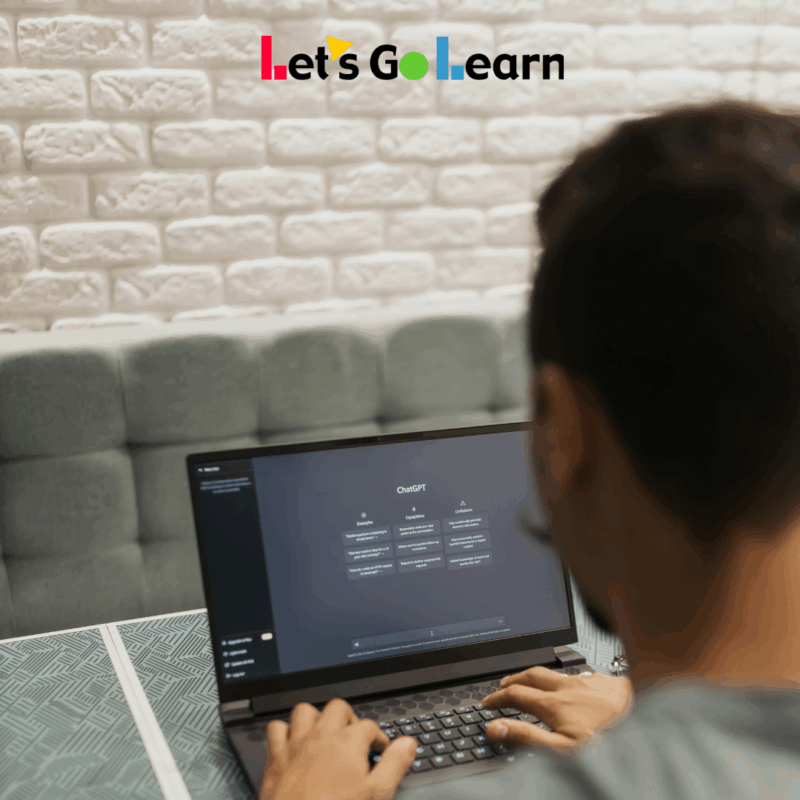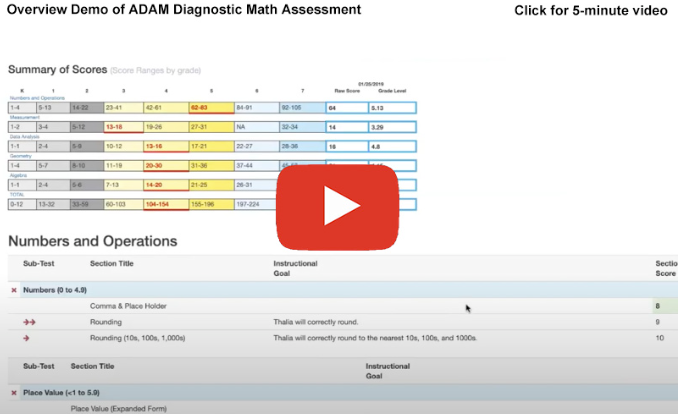AI in Special Education
1. Personalized Learning Pathways
When paired with diagnostics and teacher input, AI can help teachers identify the exact sub-skills a student needs next. For example, if a student struggles with Numbers and Operations in math, AI can flag which building blocks—such as place value or fractions—should be the focus. A teacher can then add context (e.g., “This student loves sports analogies”), and AI can generate more engaging and relevant instructional materials.
2. Rapid Lesson Adjustments
Teachers often start with a standard lesson plan for the class. AI helps them quickly adapt that plan for individual accommodations. For instance, AI might shorten steps for a student with processing delays or embed visual scaffolds for a student with dyslexia. With teacher-provided notes about learning style or classroom behavior, those modifications become even more precise.

3. Progress Monitoring and IEP Support
This is where AI reduces the most busywork:
- PLAAPF drafting: Teachers provide data and rough notes, and AI turns them into polished narrative paragraphs.
- SMART goals with benchmarks: AI transforms teacher-guided focus areas into measurable goals aligned with diagnostic results.
- Instant reports: AI compiles information into family-friendly summaries or compliance-ready documents.
Teachers set the direction, and AI handles the formatting and flow.
4. Multilingual Communication
AI supports family engagement by translating IEPs or reports into a parent’s primary language. Teacher input ensures the tone and emphasis remain accurate and culturally sensitive.
Benefits for Educators
Special education teachers juggle instruction, compliance, and collaboration. With AI connected to diagnostics and informed by teacher context, they can:
Save time: Automate repetitive IEP documentation tasks.
- Act with precision: Get actionable insights into which sub-skills to target.
- Strengthen communication: Translate and simplify reports for families.
- Focus on relationships: Spend more time teaching and supporting emotional growth instead of formatting paperwork
AI doesn’t replace teachers—it amplifies their expertise by turning their insights into polished outputs.
Challenges and Ethical Considerations
Schools must apply AI thoughtfully, keeping in mind:
- Bad data = bad advice: Summative data alone risks misleading outcomes.
- Privacy and compliance: Protecting student information is essential.
- Equity: All students should benefit from AI tools, regardless of district resources.
Human connection: AI should support—not replace—the teacher-student bond.
From Theory to Practice: AI + Diagnostics
Consider a diagnostic like ADAM (Adaptive Diagnostic Assessment of Mathematics), which breaks math into detailed strands and sub-skills. When paired with teacher input and AI: A teacher identifies a student’s math strand to prioritize.
Key Takeaways
- AI drafts a PLAAPF paragraph combining diagnostic data and teacher observations.
- AI proposes a SMART goal with benchmarks, saving the teacher hours of writing.
- The teacher can add student-specific notes (e.g., “Student prefers hands-on activities”), and AI suggests lesson adaptations to fit.
Platforms such as Let’s Go Learn integrate these diagnostics into AI-assisted workflows, making it easier for teachers to move from data → insight → documentation. They fundamentally drive Context Engineering.
Let's Go Learn's diagnostic assessments
With Let’s Go Learn, you can create personalized instruction that inspires success for each learner, as you differentiate curriculum for intervention, remediation, and enrichment.
The Future of AI in SPED
The future of AI in special education isn’t about replacing teachers. It’s about empowering them. It’s about precision, efficiency, and equity—helping educators translate data and insight into action faster. By combining diagnostics with teacher knowledge, AI can:
- Reduce the paperwork burden.
- Ensure goals are clear, measurable, and individualized.
- Give teachers more time to connect with students and families.
AI will never replace the human wisdom of teachers—but with the right context, it can make individualized education more achievable than ever.
👉 Want to see how AI paired with diagnostic data and teacher insight can ease IEP writing and lesson planning? Explore Let’s Go Learn’s AI-powered solutions.


